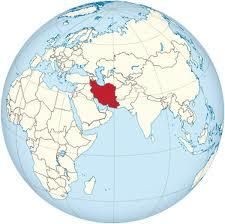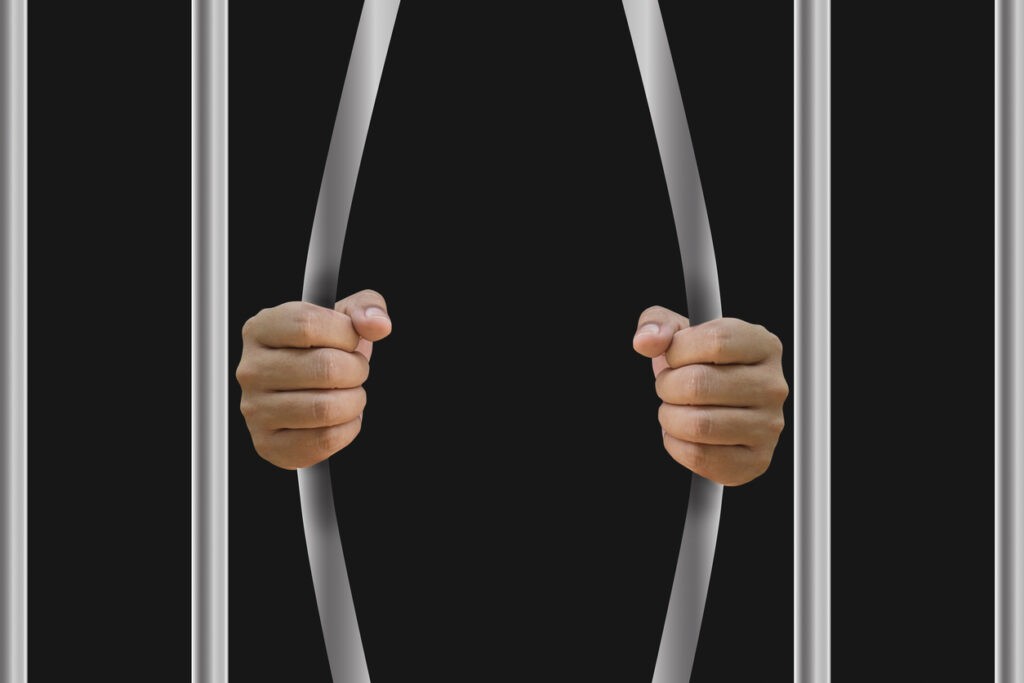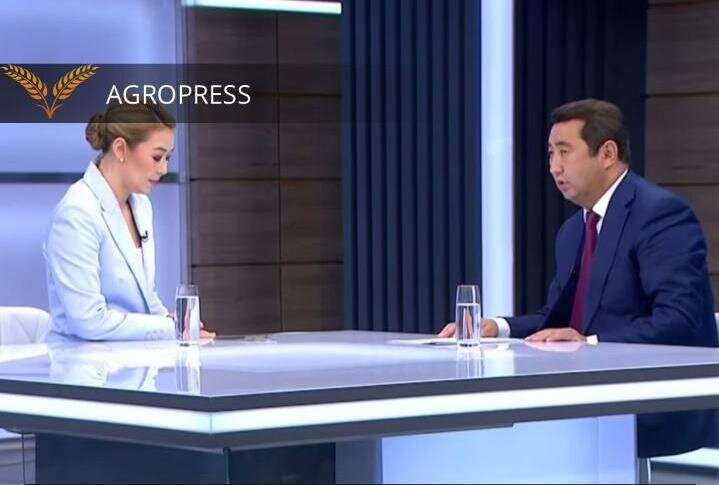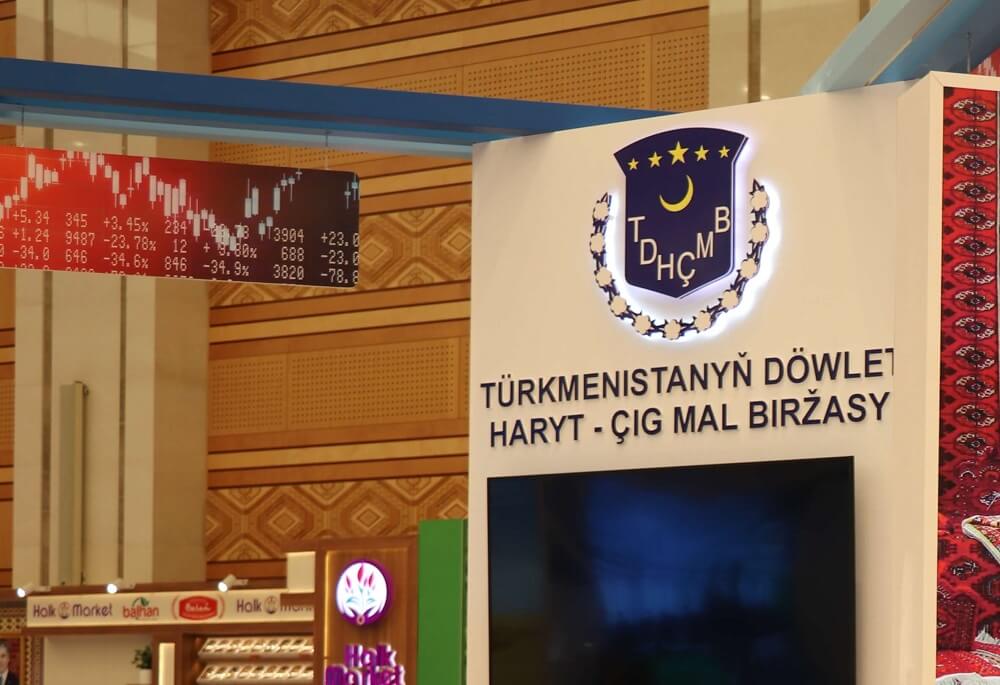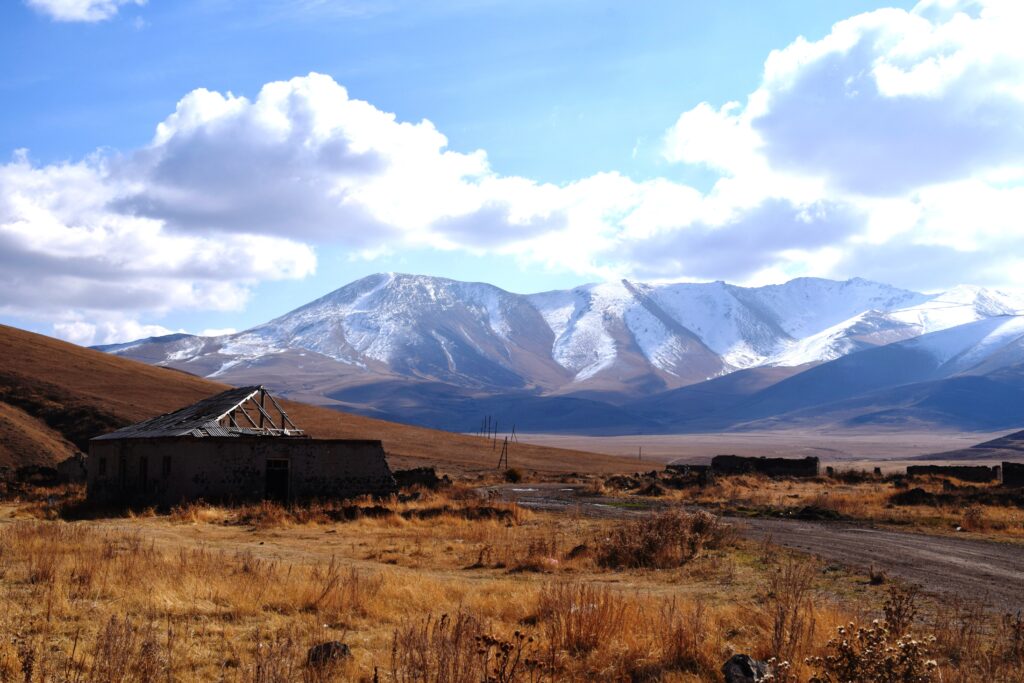TEHRAN (TCA) — Armenia, a member of the Eurasian Economic Union (EEU) that also includes Belarus, Kazakhstan, Kyrgyzstan and Russia, says it is working on a plan with Iran to create a free economic zone between the two countries, Iran’s PressTV news agency reported on August 29.
Armenia’s Minister of Economy Artsvik Minasyan was quoted by the country’s media as saying that the planned zone will help expand relations between Iran and the EEU.
The goods produced in the two countries will also enjoy preferential trade regimes Armenia has established with the EU, United States, Canada, Switzerland, and Japan, the media reported.
The Armenian minister told reporters that production and export of goods would be carried out from the zone.
Iran and Armenia have been recently intensifying efforts to promote their mutual relations. The two countries announced in early August that they had lifted their visa regime to enable their citizens to freely commute between the two countries. The move is also expected to help boost ties between the two countries.
Iranians and Armenians can now cross the border without a visa and stay for maximum 90 days within a 180-day period.
Iran is currently exporting natural gas to Armenia and is in return importing electricity from the country to support demand in its northern provinces.
Iran reportedly exports nearly one million cubic meters of natural gas to Armenia per day. Officials in Tehran previously said that the volume could be increased to as much as six million cubic meters per day.
